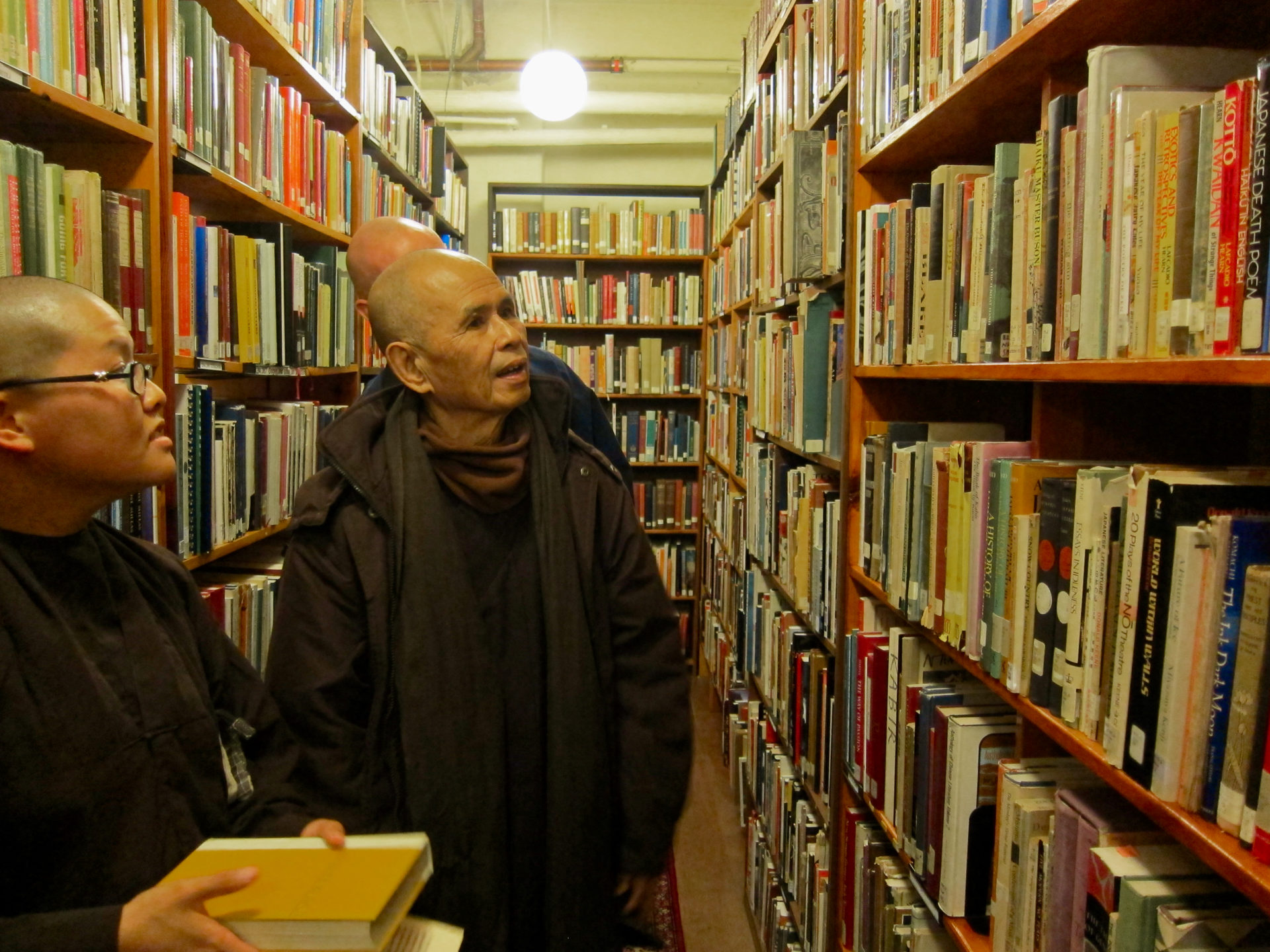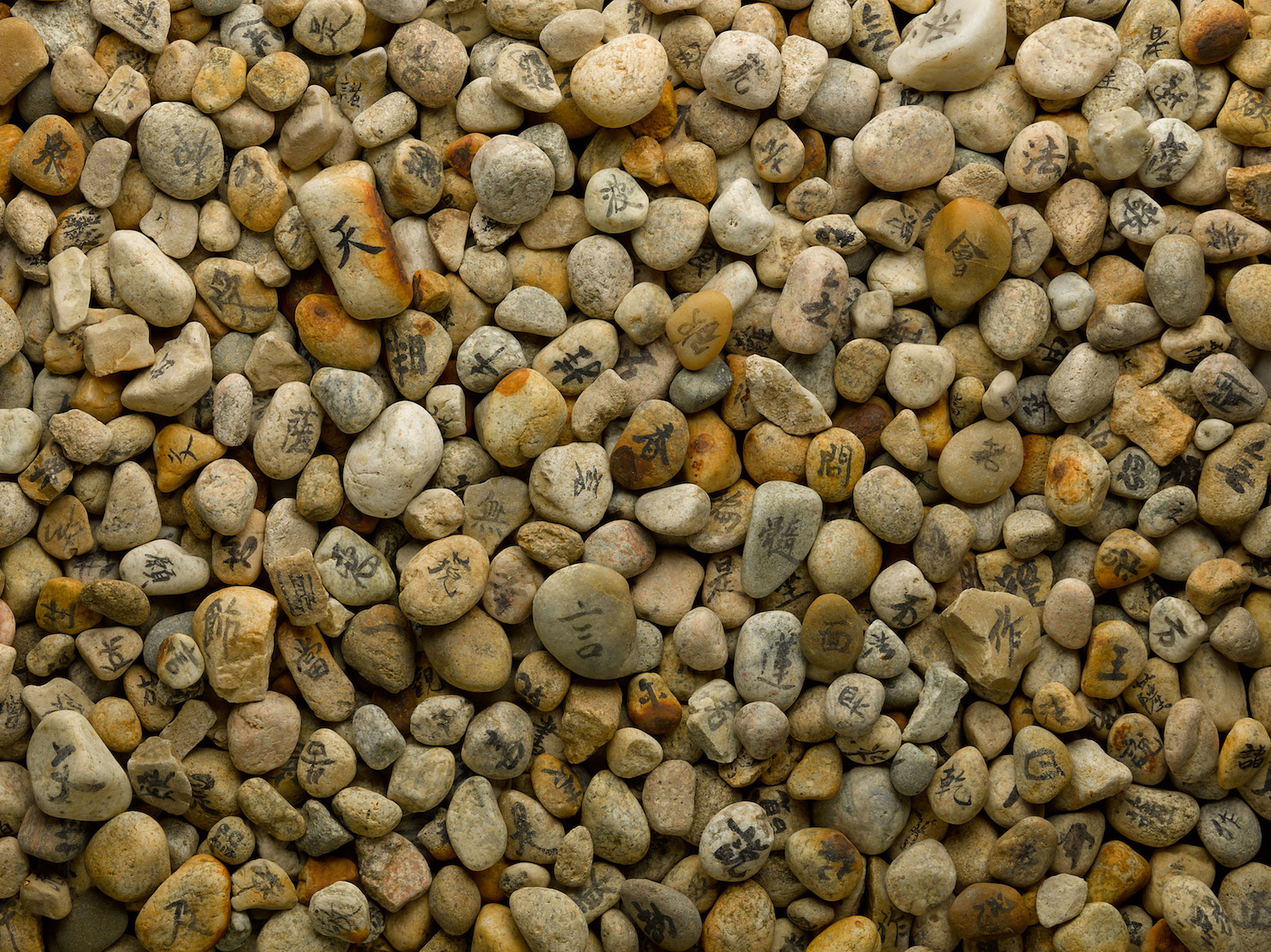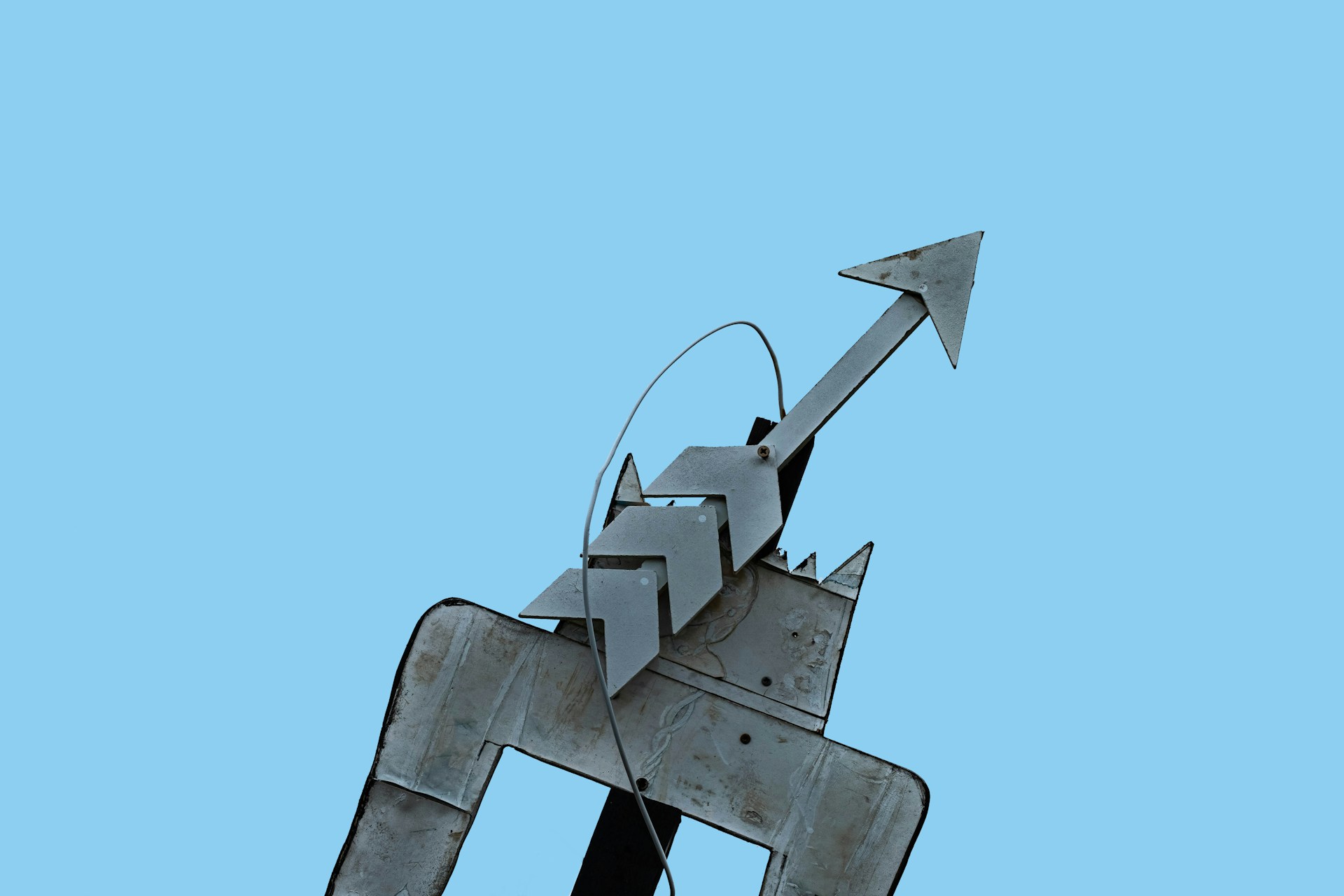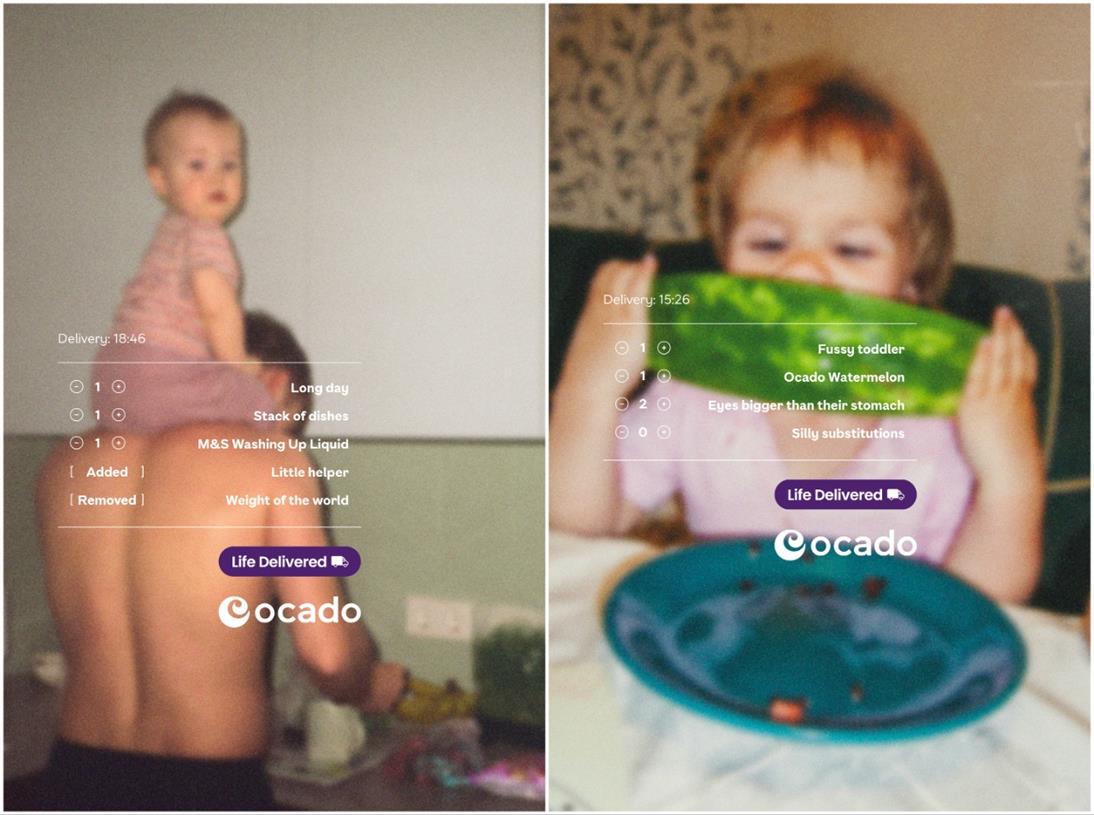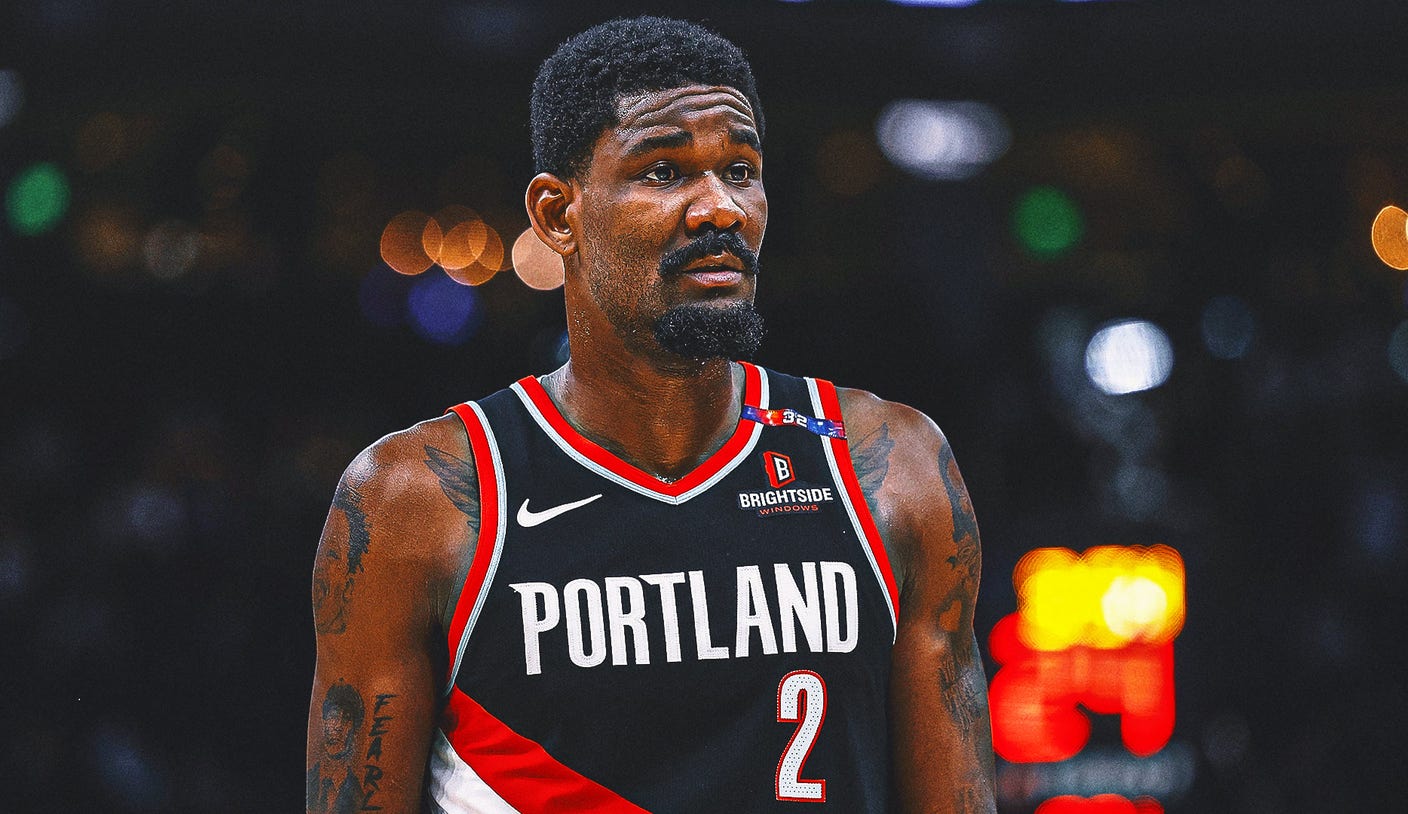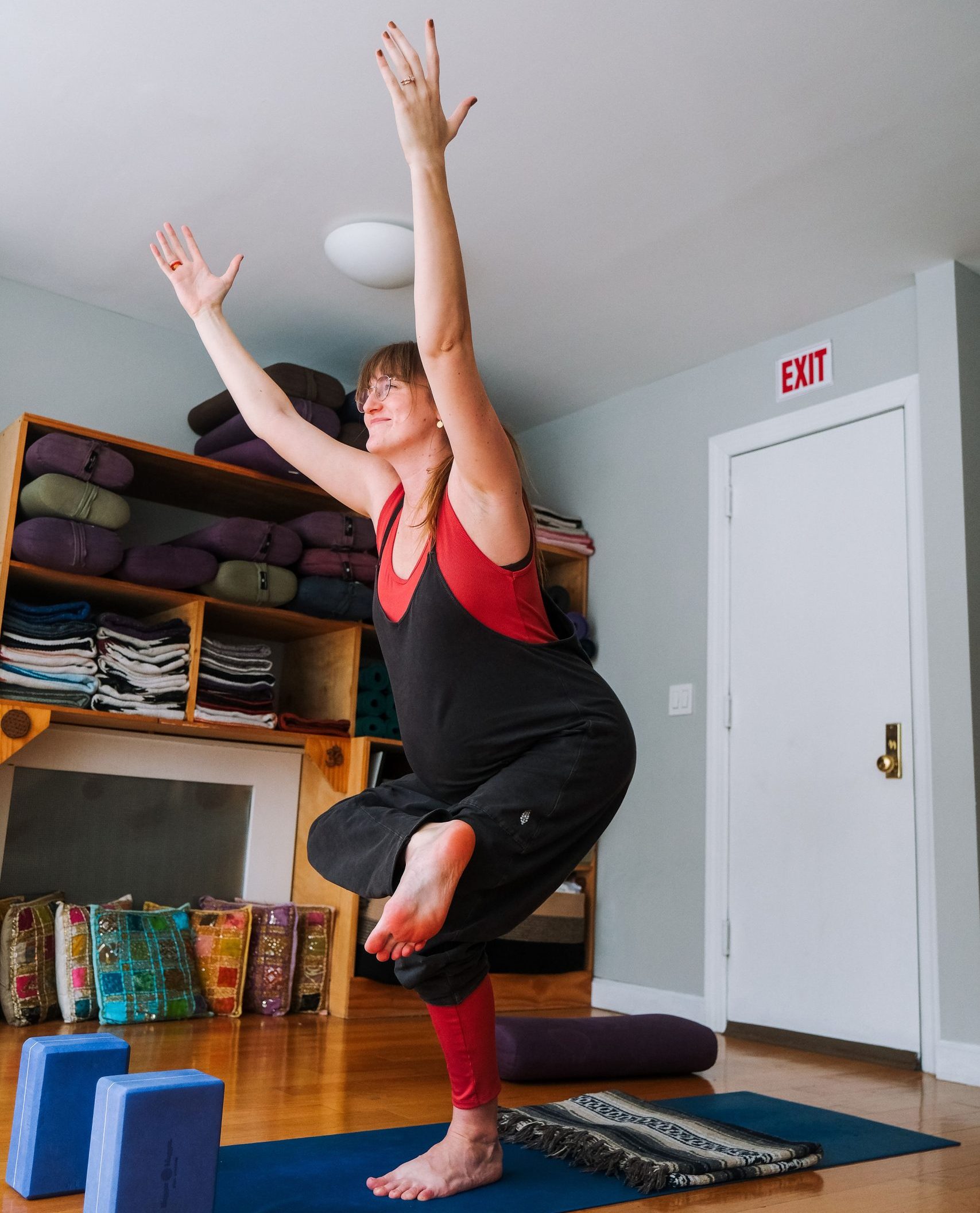This Easy Trick Will Make Your Vision Board Work 10x More Effective
Your vision board is much more than an aesthetically pleasing item.
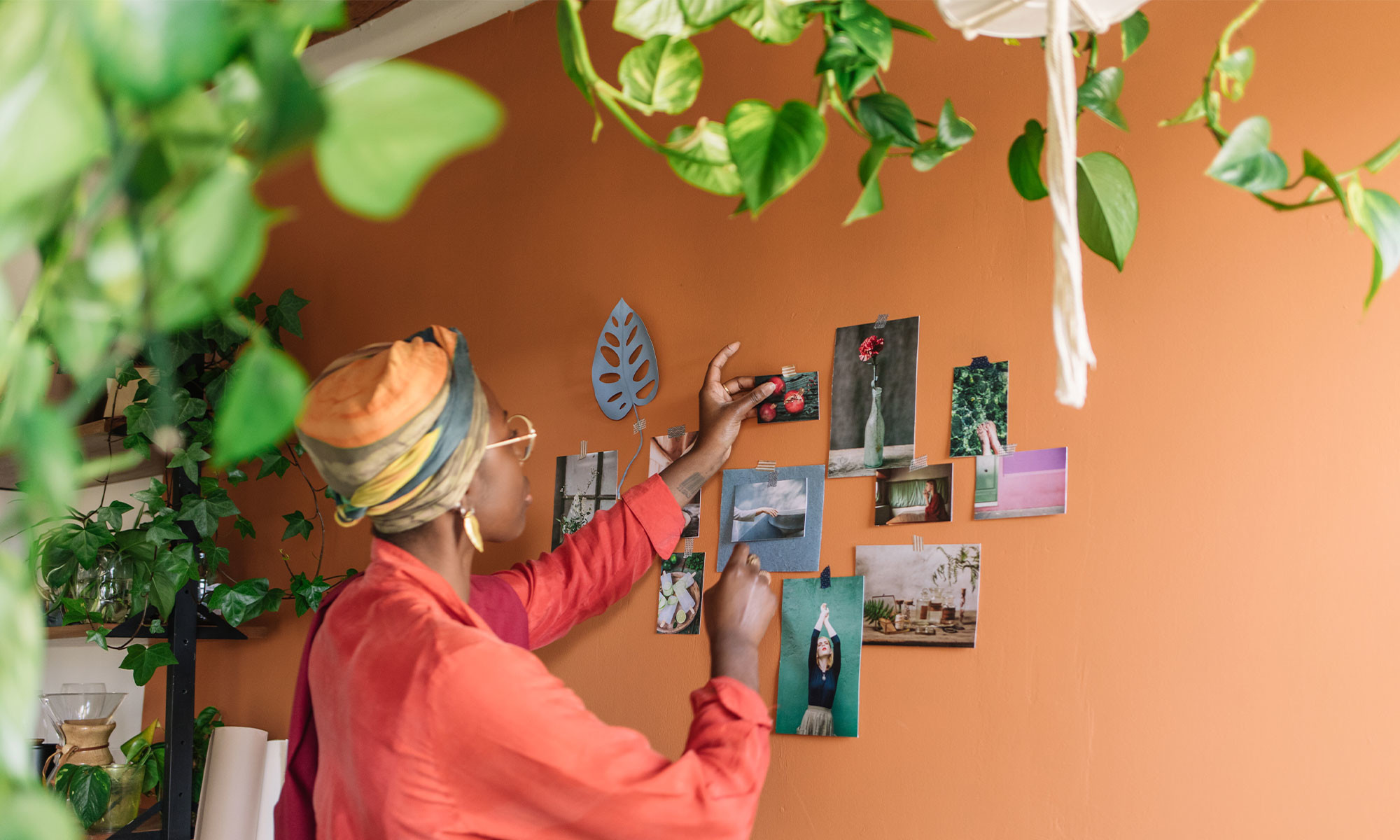

mbg Assistant Beauty Editor
mbg Assistant Beauty Editor
Hannah Frye is the Assistant Beauty Editor at mindbodygreen. She has a B.S. in journalism and a minor in women’s, gender, and queer studies from California Polytechnic State University, San Luis Obispo. Hannah has written across lifestyle sections including health, wellness, sustainability, personal development, and more.
Image by Studio Serra / Stocksy January 10, 2023 Our editors have independently chosen the products listed on this page. If you purchase something mentioned in this article, we may Not everyone loves to exercise or eat healthy food, but enhanced longevity and better energy (plus a load of other health benefits) are reason enough to make those activities stick. On a similar note, personal growth practices can also feel mundane, but for a healthy brain (and, thus, a happier you), it’s generally worth it. However, one mental health practice often feels personally enjoyable, even comparable to an art project (just, you know, with way more brain-building benefits): We’re talking about vision boards. And as neuroscientist and author of The Source Tara Swart, M.D., Ph.D., explains on the mindbodygreen podcast, you can make any vision board even more effective with this easy switch.
Advertisement
This ad is displayed using third party content and we do not control its accessibility features.
How vision boards work.
Advertisement
This ad is displayed using third party content and we do not control its accessibility features.
Why they work.
“We’re bombarded with so much information,” Swart says. “This has been the case for a long time, but if you read a copy of the New York Times today, you would receive as much information from that one newspaper as somebody would in their entire lifetime 100 years ago; and even then, they were overly bombarded with information,” she adds.
Vision boards help your brain sift through that information and hone in on exactly what it is that you want. Your brain's natural filtering mechanism ensures that you don’t notice things that aren’t relevant to your survival; however, in modern times, you may actually need to pay closer attention to those stimuli.
The next mechanism, Swart explains, is selective attention, which means that you start to notice things in your daily life that you already have on your vision board. “It’s like when you buy a new car, and you suddenly see it everywhere,” she says. “It’s basically priming your brain to notice opportunities that will take you closer to your goals.”
Finally, you have value tagging. The brain does this in two ways, Swart says, including a cold or logical way and in a warm or emotional way. Your survival necessities fall into the logical tagging, while more emotional things (like those on your vision board) fall into the latter tagging.
"By repeatedly exposing your brain to these images, you’re priming it to not just notice but also grasp the opportunities that will take you closer to what you want,” she says. “That’s why I call vision boards, 'action boards,' because I don’t believe that you can create this fantasy image and sit at home and wait for it to come true,” she adds. “I believe that you need to be out there networking, dating, whatever it is, to get the things that you want.”
A trick to make them even more effective.
However, one quick hack can level up the efficacy of your vision board: Look at it before you fall asleep.
“There's a psychological phenomenon called the Tetris effect1, which says that the thing you look at last imprints on your subconscious more strongly than anything else during the day,” Swart explains. "So, I keep my physical action board next to my bed so that I see it first thing in the morning and at night."
When the body goes from a sleep state to a waking state (or vice versa), the body kicks into what's known as the hypnopompic and hypnogogic stages. “They are stages where our subconscious is very susceptible to suggestion,” Swart says. So long story short: Let your vision board be the last thing you look at before bed and the first thing you look at when you wake up.
Advertisement
This ad is displayed using third party content and we do not control its accessibility features.
The takeaway.
Creating a vision board can serve as a fun craft and a meaningful task in the long run. As Swart explains, vision boards help your brain sift through information and hone in on your goals, especially if you look at them right before hit the hay. Essentially, you're literally falling asleep next to your dreams.
Advertisement
This ad is displayed using third party content and we do not control its accessibility features.

 Aliver
Aliver 







